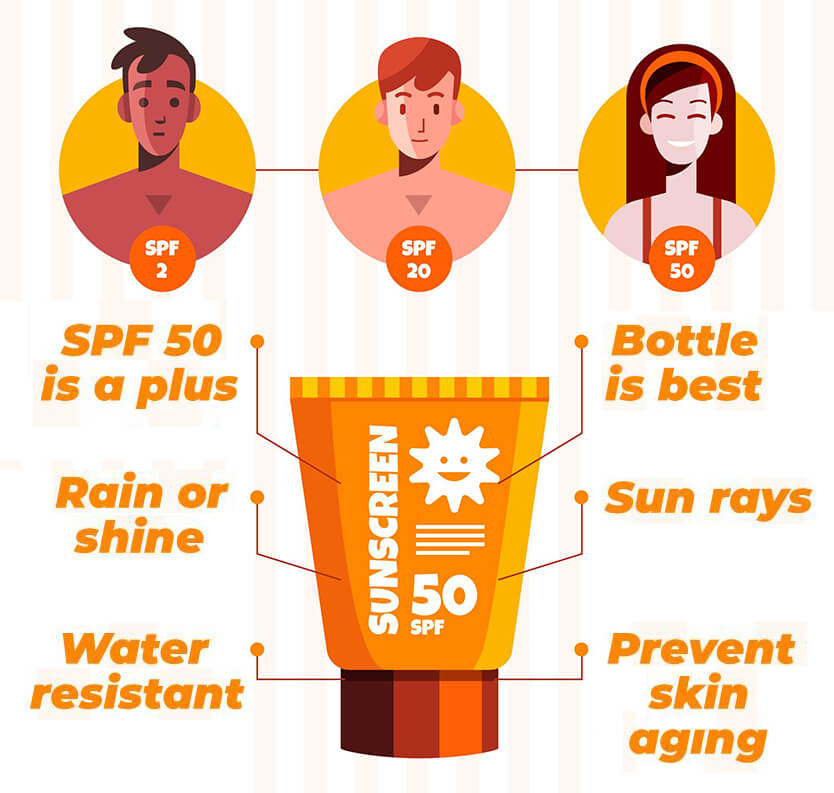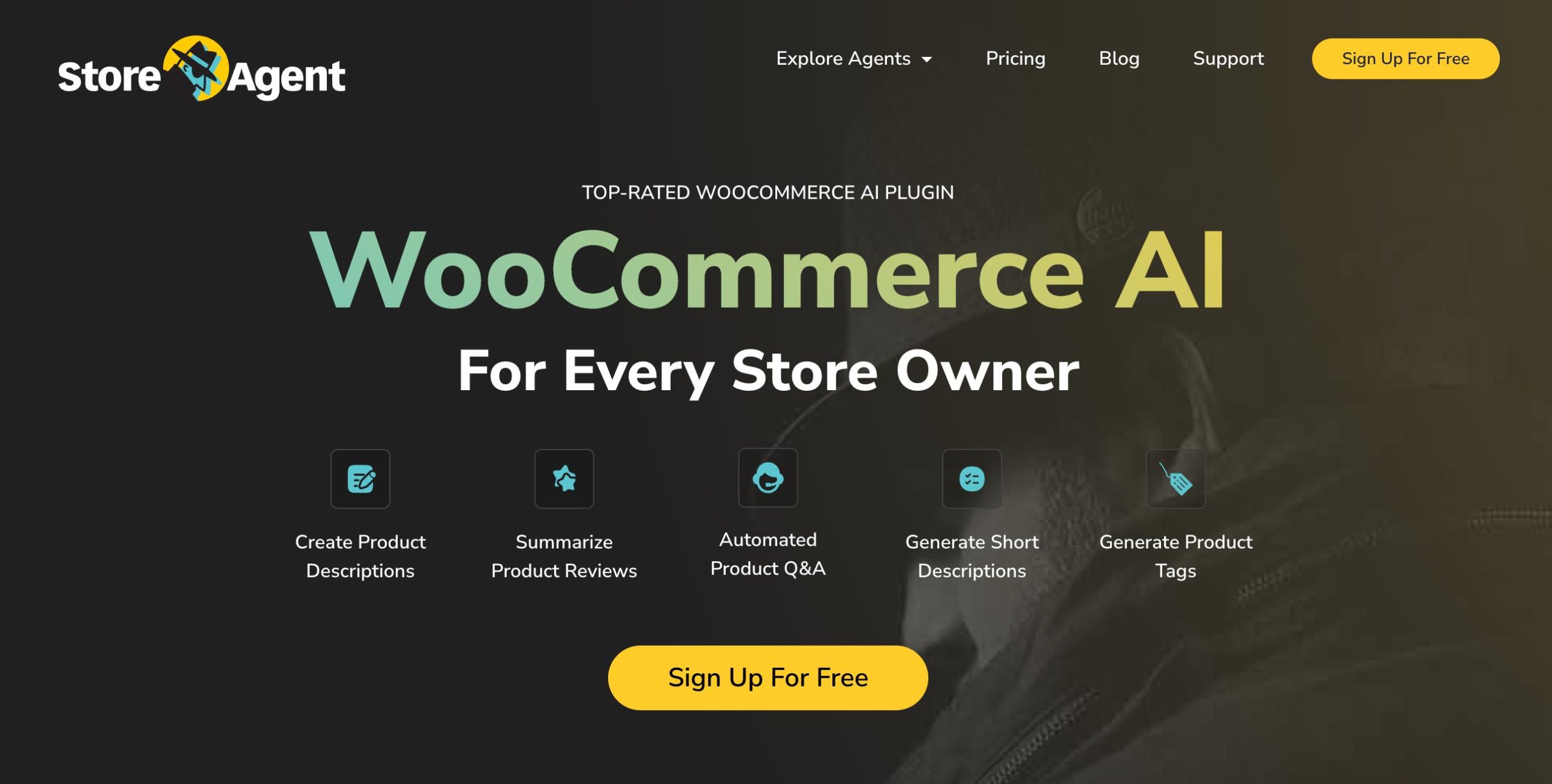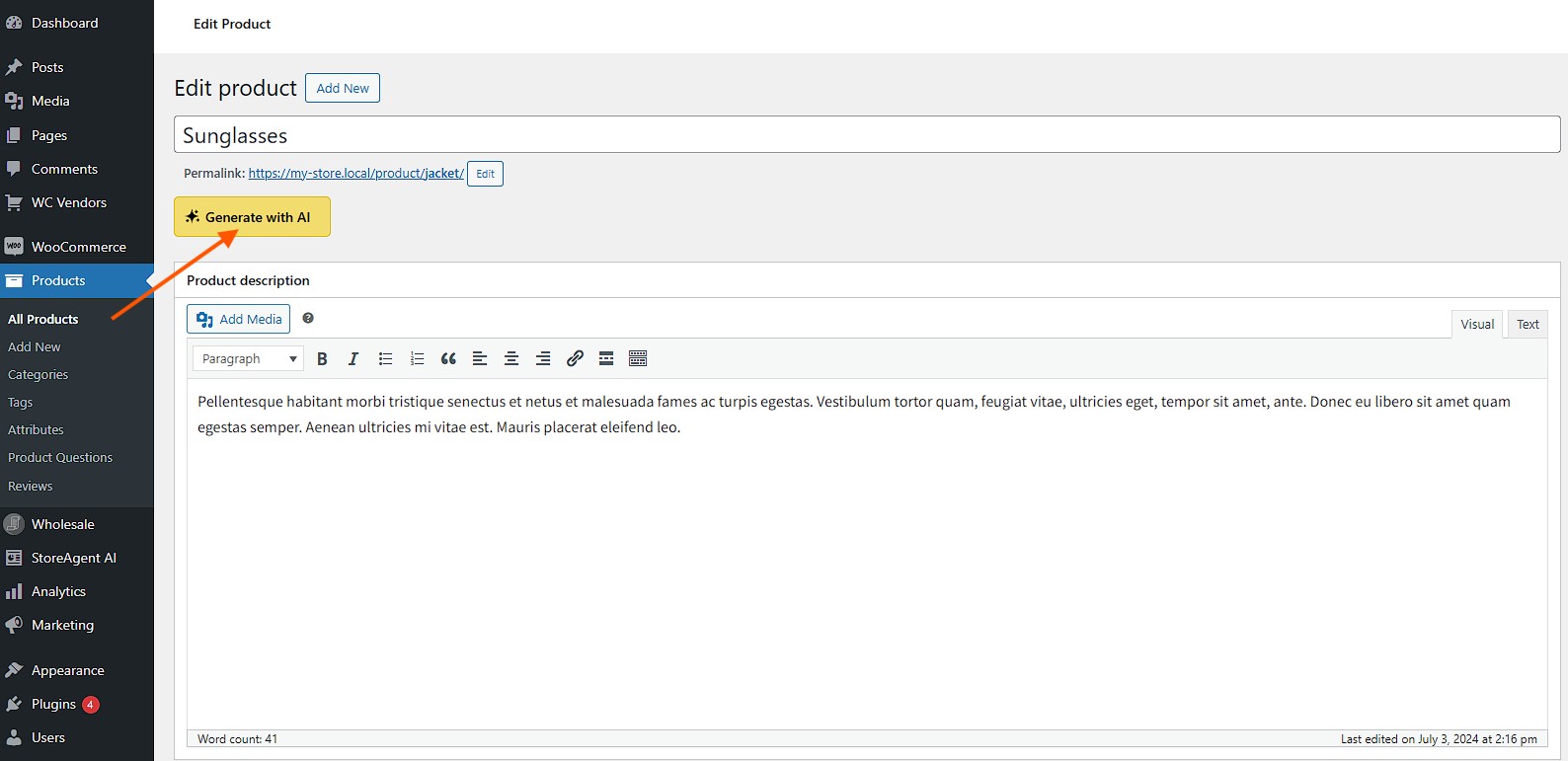
As an e-commerce wholesaler, you always look for ways to boost your revenue. While you can employ various strategies to enhance your business’s performance, one area often overlooked is the importance of SEO product descriptions.
This can be a bigger problem than most realize. After all, shoddy SEO work will likely keep your work invisible. On the other hand, great SEO content can broaden your website’s reach, increasing your chances of gaining new customers and boosting your revenue.
Of course, we also can’t neglect the quality of the descriptions. Remember: a well-crafted product description can encourage an individual to purchase instead of leaving your website for your competition.
In today’s article, we’ll explore the role of SEO product descriptions in closing sales and provide tips on how to create effective descriptions that can boost conversions.
However, before we get to all that, we should first define what we mean by “SEO product descriptions.”
What Are SEO Product Descriptions?
SEO stands for search engine optimization. Simply put, using SEO enhances your website to improve its visibility in search engines such as Google and Microsoft Bing.
Therefore, SEO product descriptions are product descriptions that have been optimized for search engines, intending to improve the website’s search engine rankings and visibility.
While SEO focuses on attracting customers from search engines, using features like WooCommerce product tags helps those customers discover more products once they arrive at your store.
Essentially, writing SEO product descriptions involves writing content that contains specific keywords and/or keyphrases that people will likely use when searching for products like yours.

Why Are SEO Product Descriptions Important?
In the simplest of terms, SEO product descriptions can help elevate your ranking in search engine results pages (SERPs). This, in turn, can lead to more traffic, more clicks, and ultimately, more sales.
When searching for products online, people are more likely to click on the first few results. Therefore, you should optimize your product descriptions, as this can help get your products in front of as many potential customers as possible.
In addition, SEO product descriptions provide valuable information about your products to potential customers. After all, when someone clicks on your product page, they want to know everything they can about the item before purchasing.
In short, when you include detailed, keyword-rich descriptions for your products, you:
- Help boost your website’s search results ranking
- Offer customers information that can convince them to make a purchase

How To Use SEO Product Descriptions To Optimize Your Website For Search Engines
So we’ve established that you need to optimize product descriptions for search engines to expand your product’s reach. But how, exactly, do we accomplish this?
For starters, you should use keywords or keyphrases that are relevant to the product you’re selling.
Keywords and keyphrases
Let’s say you’re writing a description for dog shampoo. You could use the key phrase “dog shampoo” several times in the text. When a dog owner Googles the words “dog shampoo,” the search engine will give them a list of web pages that use the exact keyphrase.
Because this keyphrase is present in the product description you wrote, Google will include your article in this list. As a result, you increase the likelihood that someone will spot your page and visit it, which, in turn, can boost your chances of making a sale.
In addition to including keywords or keyphrases in your product descriptions, you can insert them into your meta descriptions and alt text for images. Such SEO elements can help search engines better understand the content of your pages and rank them more effectively in search results.
Keyword examples include:
- Dog
- Shampoo
- Amazon
Keyphrase examples include:
- Dog shampoo
- Hiking boots
- Amazon store
Long-tail keywords
Simply put, long-tail keywords are keyphrases containing three or more words.
Combining shorter, more general keywords or keyphrases with long-tail keywords is a good idea. Long-tail keywords are typically more specific and less competitive, which can help elevate your search results ranking. In fact, long-tail keywords make up more than 70% of search queries.
Examples of long-tail keywords include:
- dog shampoo seller near me
- best dog shampoo brand for German Shepherds
- how to give German Shepherds a bath
Important reminder!
Be careful not to overdo your use of keywords or keyphrases. Search engines can penalize websites for “keyword stuffing,” or using too many keywords to manipulate search rankings. Instead, focus on writing descriptive, engaging descriptions that incorporate relevant keywords naturally.

How To Write Effective Product Descriptions
Now that you know what SEO product descriptions are and why they’re important, let’s dive into how to write effective ones. Here are some great tips to get you started:
1. Do your keyword research
Before you start writing a product description, determine the keywords or keyphrases you want to focus on.
We recommend using keyword research tools, as these can help you discover what people are searching for in your industry. Once you’ve found the appropriate keywords or keyphrases, include them in your description.
2. Highlight the benefits
When writing a product description, it’s easy to fall into the trap of simply making a list of its features. However, to sell a product, you need to emphasize its benefits.

How will the product make the customer’s life easier, more enjoyable, or more efficient? Using descriptive language, paint a picture of the product to show how it can improve the customer’s experience. This can help create an emotional connection with the product and make the customer more likely to buy it.
For example, let’s say you sell hiking boots. Instead of just listing features like “waterproof” and “durable,” you could describe how the boots will keep the customer’s feet dry on a rainy hike or provide support and comfort on a long trek. This type of description highlights the product’s benefits and helps the customer envision themselves using and enjoying the product.
3. Address customer pain points
Another great way to form a connection with potential customers is to address their pain points.
What issues does the product solve? What challenges does it help overcome? By highlighting these pain points in your product description, you can show the customer that you understand their needs and have a solution that can help. This can be especially effective for customers actively searching for a solution to a problem.
Continuing with the hiking boots example, you could address pain points like blisters, sore feet, and unstable footing. By describing how the boots provide support, cushioning, and traction, you show the customer that the product can help alleviate these pain points and improve their overall hiking experience.
4. Use high-quality images
While product descriptions are important, images are often what really sell a product.
Thus, make sure you include high-quality images of your products. Don’t forget to use multiple images to highlight its features and reveal how it looks from different angles. Also, consider using lifestyle images that show the produce in use. Design templates can help standardize how product images are displayed, ensuring a consistent layout across your website. They also make it easier to maintain visual harmony while showcasing key features clearly and professionally.
Including videos can also be a great way to showcase your product and provide more information to potential customers.
Remember to optimize those images for search engines! You can do this by including descriptive alt tags and file names that contain your keywords or keyphrases.

5. Use social proof
Social proof refers to the influence that others have on our behavior. When we see that others have used and enjoyed a product, we’re more likely to trust that product and make a purchase.
One way to incorporate social proof into your product descriptions is to include customer reviews and ratings.
Highlight positive comments and ratings to show potential customers that others have had a good experience with the product. You can also use testimonials from influencers or experts in your industry to build credibility and trust.
In addition to customer reviews, you could also include statistics or data that support the benefits of the product. For example, if you sell a skincare product, you could include information about how many customers have seen improvements in their skin after using the product. This type of social proof can help validate the claims you make in your product description and make the customer more confident in their purchase decision.
6. Keep it concise and easy to scan
When shopping online, people don’t enjoy reading long blocks of text. Therefore, keep your product descriptions short and to the point.
Keep your product descriptions short and to the point, and use numbered lists or bullet points to ensure the information is easy to scan. Use short paragraphs and headings to break up the text and make it more visually appealing.
Make sure your descriptions are easy to read on mobile devices as well since more and more people are shopping on their phones.
7. Include a call to action
Last but not least, don’t forget to include a call to action (CTA) in your product descriptions.
A CTA is a clear statement that tells the customer what action to take next. This could be something as simple as “Add to Cart” or “Buy Now.” By including a CTA, you’re guiding the customer toward the next step in the purchasing process and making it easier for them to make a decision.
In addition, make sure your CTA stands out. Use contrasting colors or bold fonts to draw attention to the button, and consider adding urgency to encourage customers to take action. For example, you could use phrases like “Sale Ends Soon” or “Limited Time Offer” to create a sense of urgency that can encourage customers to act quickly.

Test And Optimize
So you’ve done your research and written a slew of amazing SEO product descriptions. Is your job done? Can you finally put your feet up and chill to 12 hours of Netflix?
Not quite. You see, creating SEO product descriptions is a continuous process. Once you’ve finished the writing and uploaded your images, your next step is to monitor your website analytics. This will show you how your pages are performing.
Are your SEO product descriptions bringing increased traffic to your website? Do your visitors spend a lot of time on your product pages, or do they tend to make a quick exit? Do they click through to your site’s other pages, or do they bounce back to the search results? Use this data to make adjustments to your SEO product descriptions and images as needed.
One way to test and optimize your product descriptions is to run A/B tests. Create two versions of a product page, each with a different description, and track which one performs better. Make changes to the winning version and test again, continuing to refine and improve your descriptions over time.

Automated Product Descriptions With StoreAgent
Instead of writing everything from scratch, you can now use a tool that does most of your writing. It’s not magic; it’s AI. And yes, it works!
Now, let’s talk about StoreAgent. StoreAgent is a platform that provides AI-powered tools, known as “agents,” designed to automate and optimize various aspects of ecommerce store management, particularly for WooCommerce users.
As store owners, you can use StoreAgent to write automated product descriptions, which can help your online store products appear in search results.
If you’re running a WooCommerce store, you won’t have to keep repeatedly writing the same kind of description. Instead, you can focus on other things while StoreAgent handles the writing. The tool also checks that your descriptions match basic SEO rules. So you’re not just getting a bunch of words; you’re getting something that works.
How to automate product descriptions using Product Summaries Agent
1. Access StoreAgent
First, make sure that you have already installed StoreAgent on your WordPress. Then, go to your WordPress admin dashboard. Then, click StoreAgent AI > AI Agents.
2. Activate Product Summaries AI
Next, activate the Product Summaries AI by toggling its button. The button should now say “Active.”
Optionally, you can click the agent’s Settings button, followed by the Settings tab, to determine the agent’s behavior.
3. Go to your WordPress products to start making product descriptions
Go to WordPress > Products, then select the product for which you want to create a description. Once you’ve chosen a product, click “Edit”, then click the Generate with AI button.
4. Fill in the details
Fill in the required details to help generate your product description. You’ll need to provide various types of information, such as writing tone, product facts, target age group, audience, refund policy, keywords, size options, ingredients, and desired description length.
Once you’ve entered all the necessary details, click Generate Product Description > Apply AI Generated Description, and you’ll have an optimized product description ready to go!
You may also read: Online Store AI Tools: How To Enhance Your WordPress Ecommerce Business.
Frequently Asked Questions
How long should product descriptions be for SEO?
Product descriptions for SEO should be at least 150 to 300 words. This gives enough space to use important keywords, explain the product clearly, and answer what buyers might ask. It also helps search engines understand what your product is about. Short descriptions are okay, but longer ones usually do better in search results.
How to write a description of a product?
To write a product description, start by saying what the product is and what it does. Then talk about the features (like size, material, or color) and the benefits (how it helps the customer). Write like you’re talking to a friend. Keep it clear, simple, and easy to read. Also, add keywords people might search for. This helps your product show up online.
How to do SEO on products?
To do SEO on products, you must ensure your product name and description include the right keywords. These are the words people usually type when searching on Google. A good product image also helps, especially if the file name matches the product. It’s also important to write a clear and helpful meta description, the short text that appears under your product link in search results.
Adding the right categories and tags to your store can also help your product get found more easily. Lastly, your product page should load fast and work well on phones. If you want to save time, you can use tools like StoreAgent. It helps create automated product descriptions that follow SEO rules and sound natural.
Conclusion
In today’s competitive e-commerce landscape, creating SEO product descriptions that connect with potential customers and drive sales is more important than ever. Thankfully, you can write SEO product descriptions that convert using the strategies we discussed in this article.
To recap, here are the three important things to remember about SEO product descriptions:
- The definition of SEO product descriptions
- The importance of SEO product descriptions
- How to use SEO product descriptions to improve website ranking
And here are the seven best ways to create effective SEO product descriptions:
- Do your keyword research
- Highlight the benefits
- Address customer pain points
- Use high-quality images
- Use social proof
- Keep it concise and easy to scan
- Include a call to action
We also discussed how you can automate product descriptions using StoreAgent AI:
Don’t underestimate the power of well-crafted SEO product descriptions – they could be the difference between a potential customer and a sale.
Do you have any questions about SEO product descriptions? Let us know in the comments section below!












Should we build a buyer persona before we start, or it is not necessary?
Certainly can’t hurt Dawood. Always good to know who you’re writing for :)